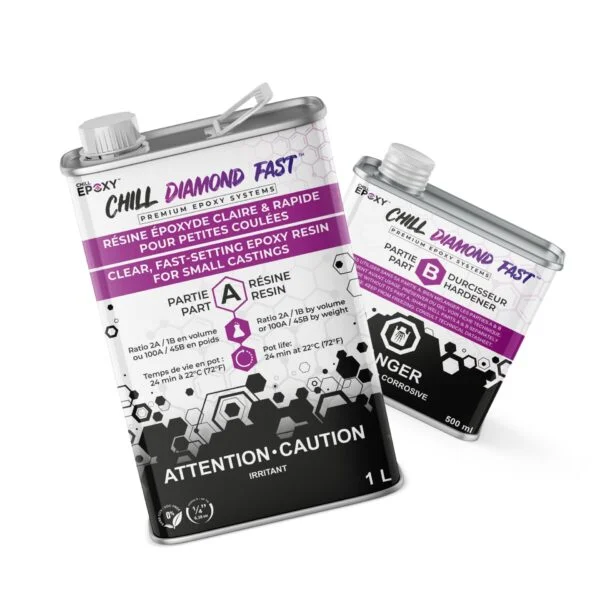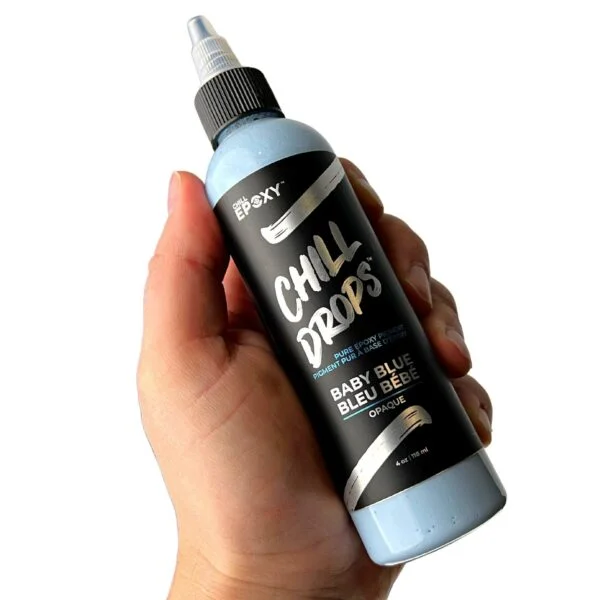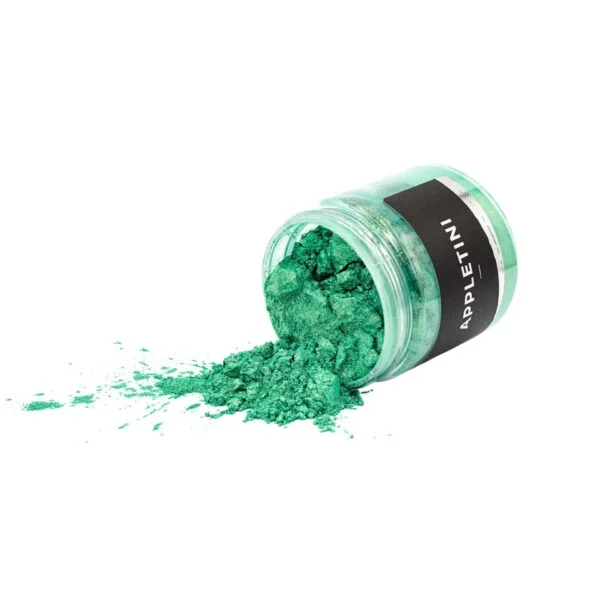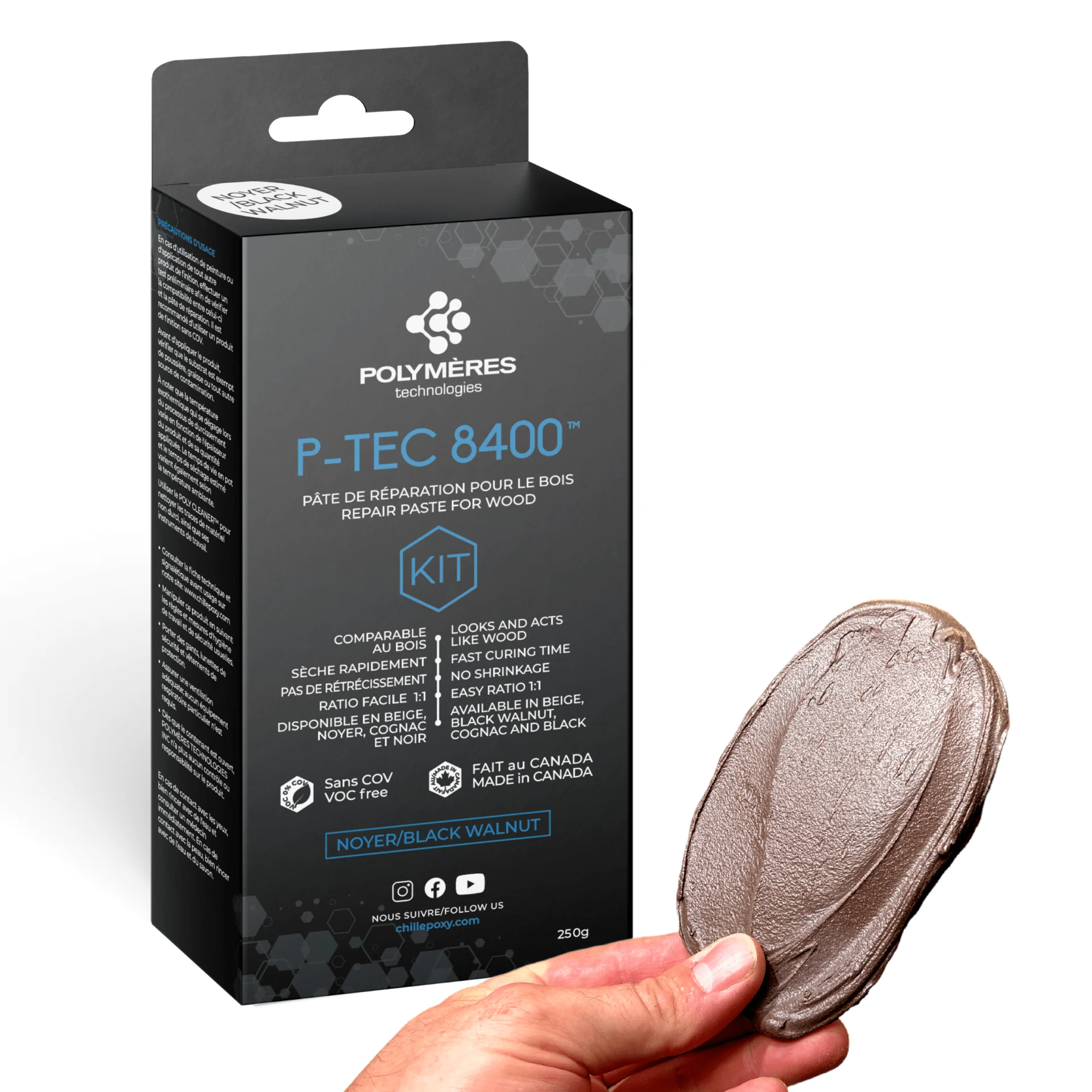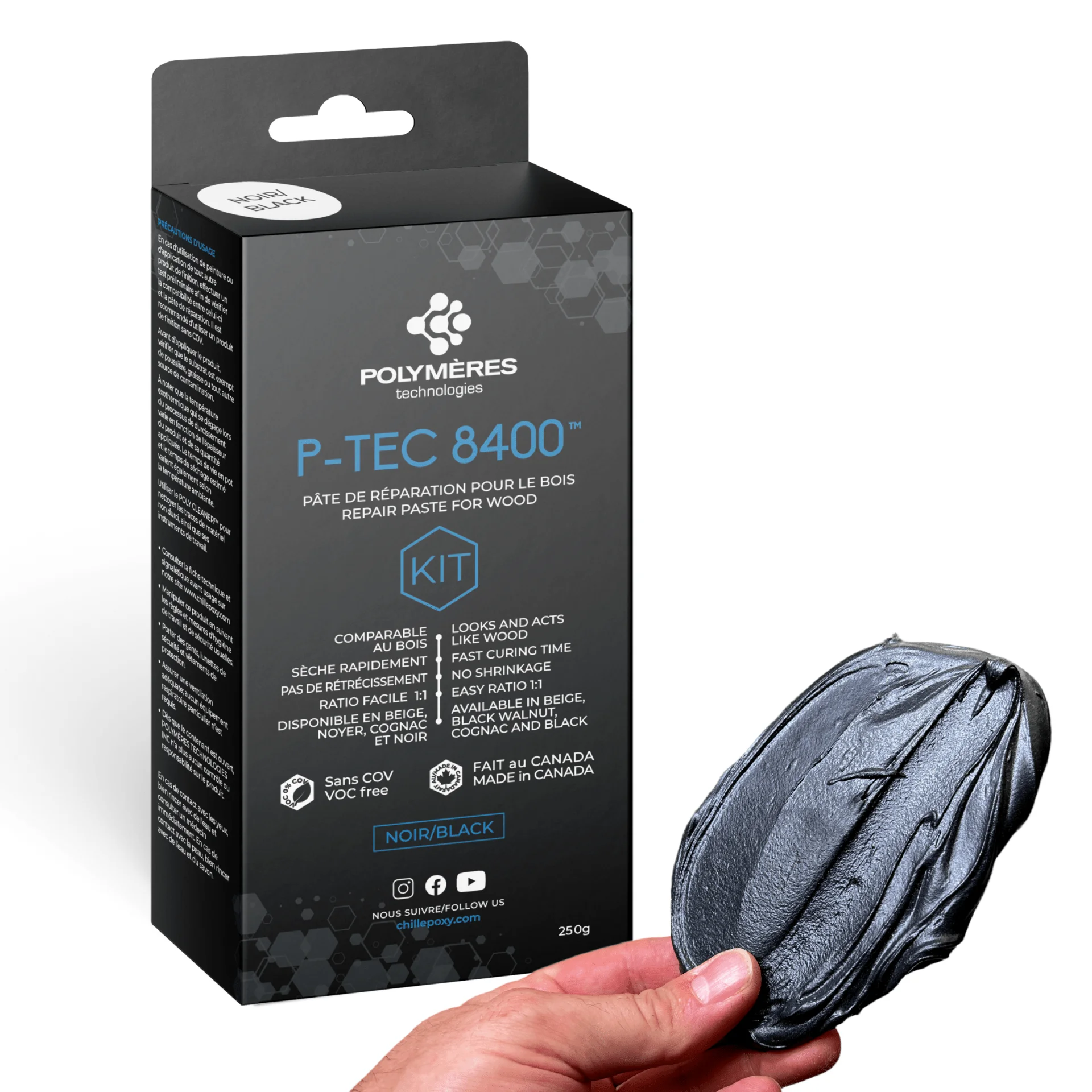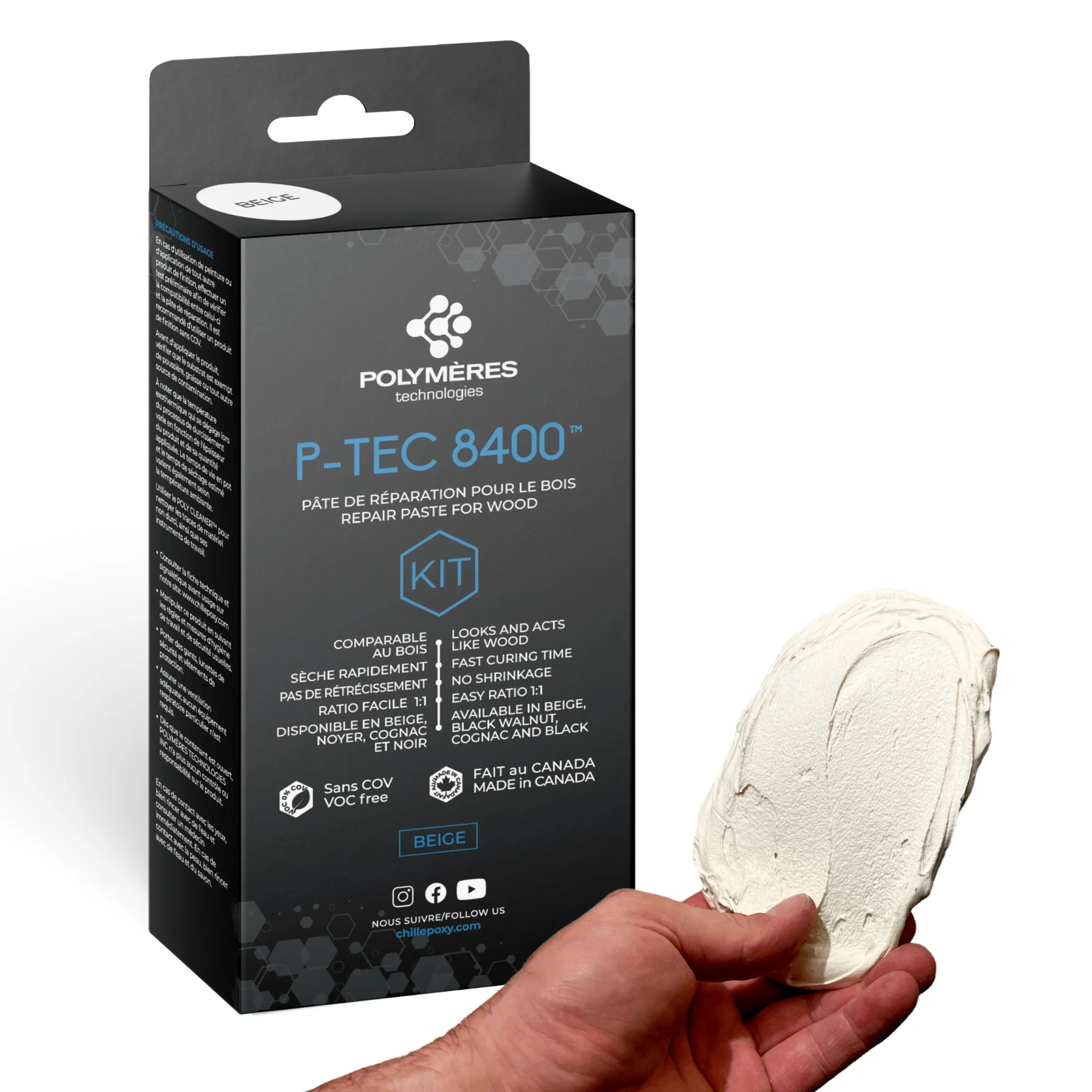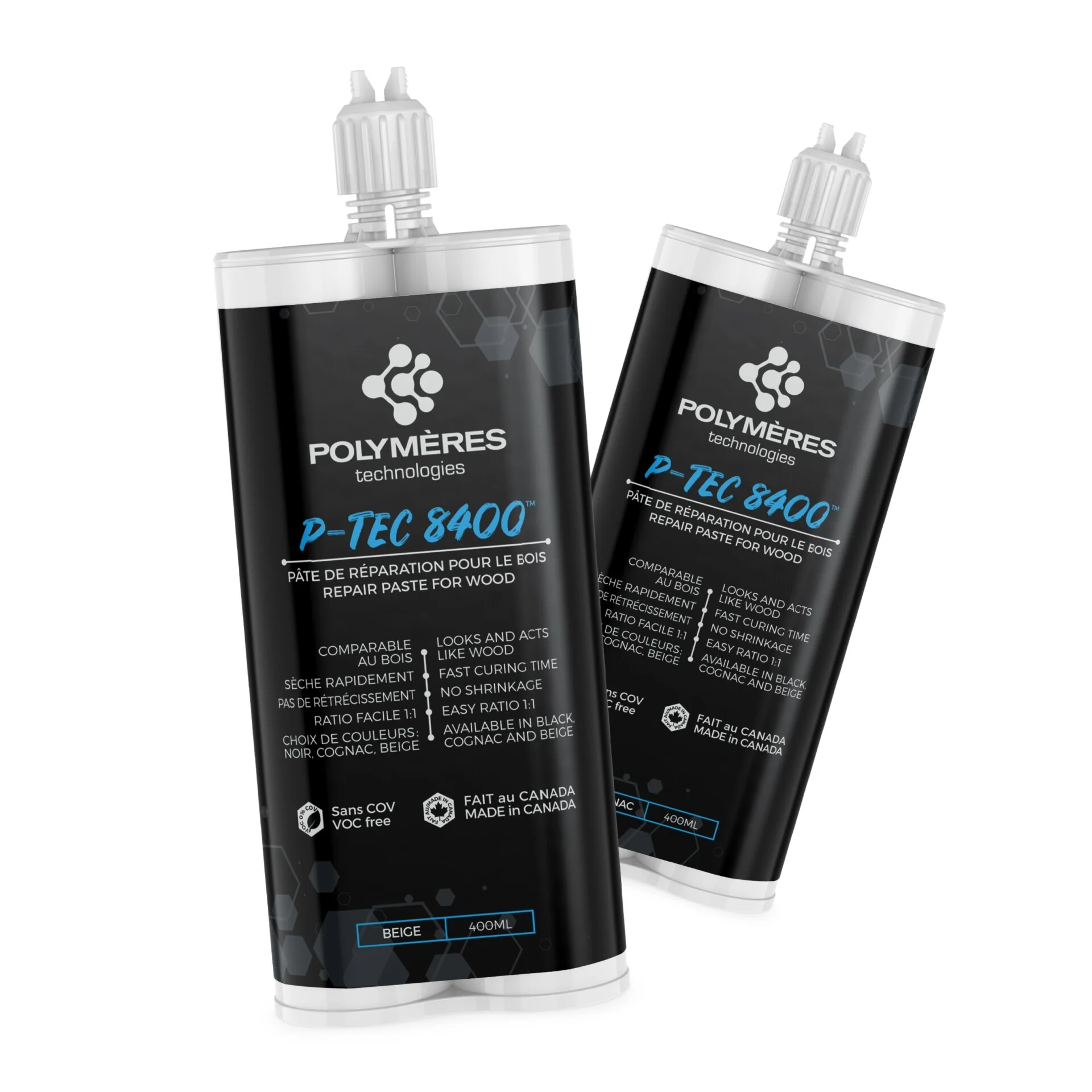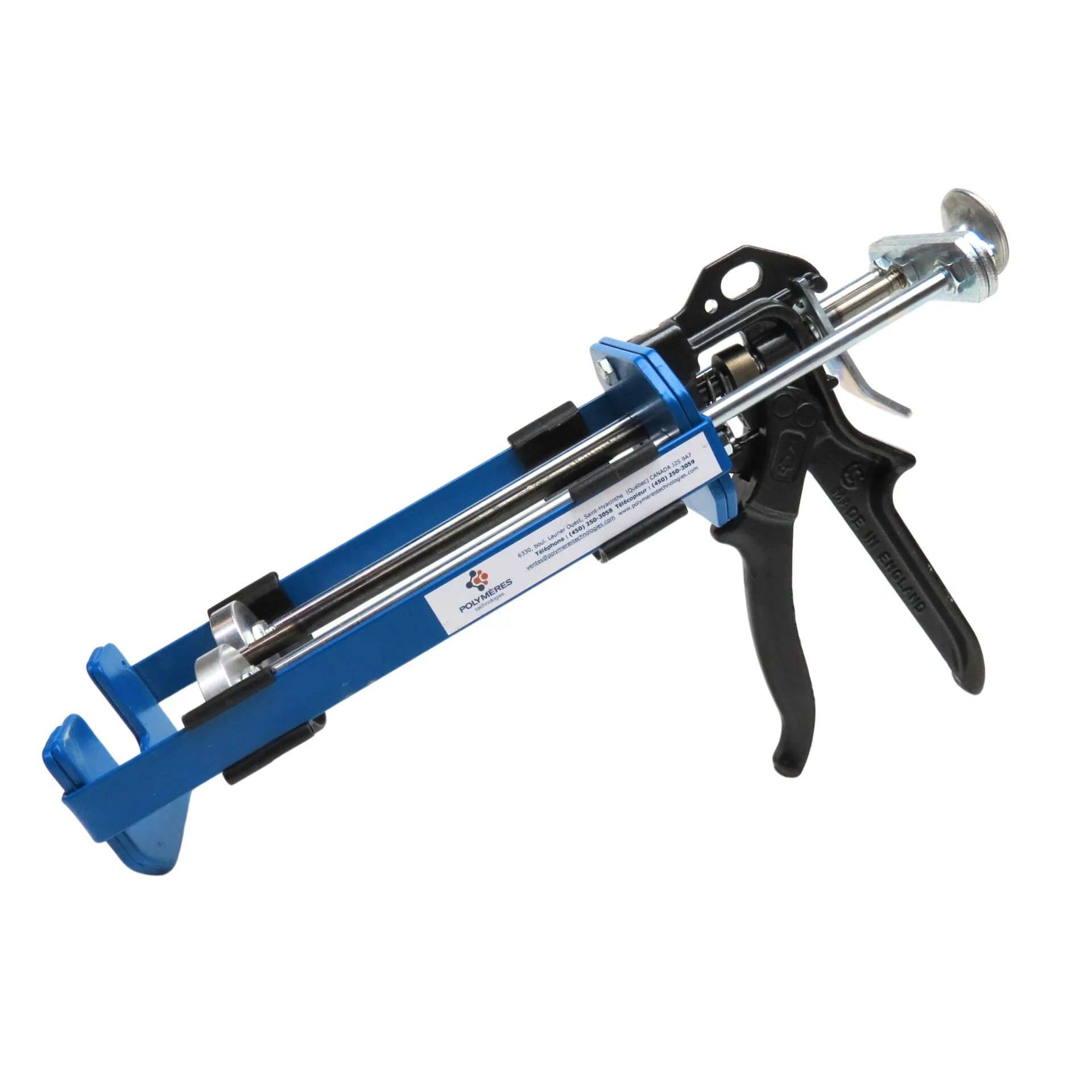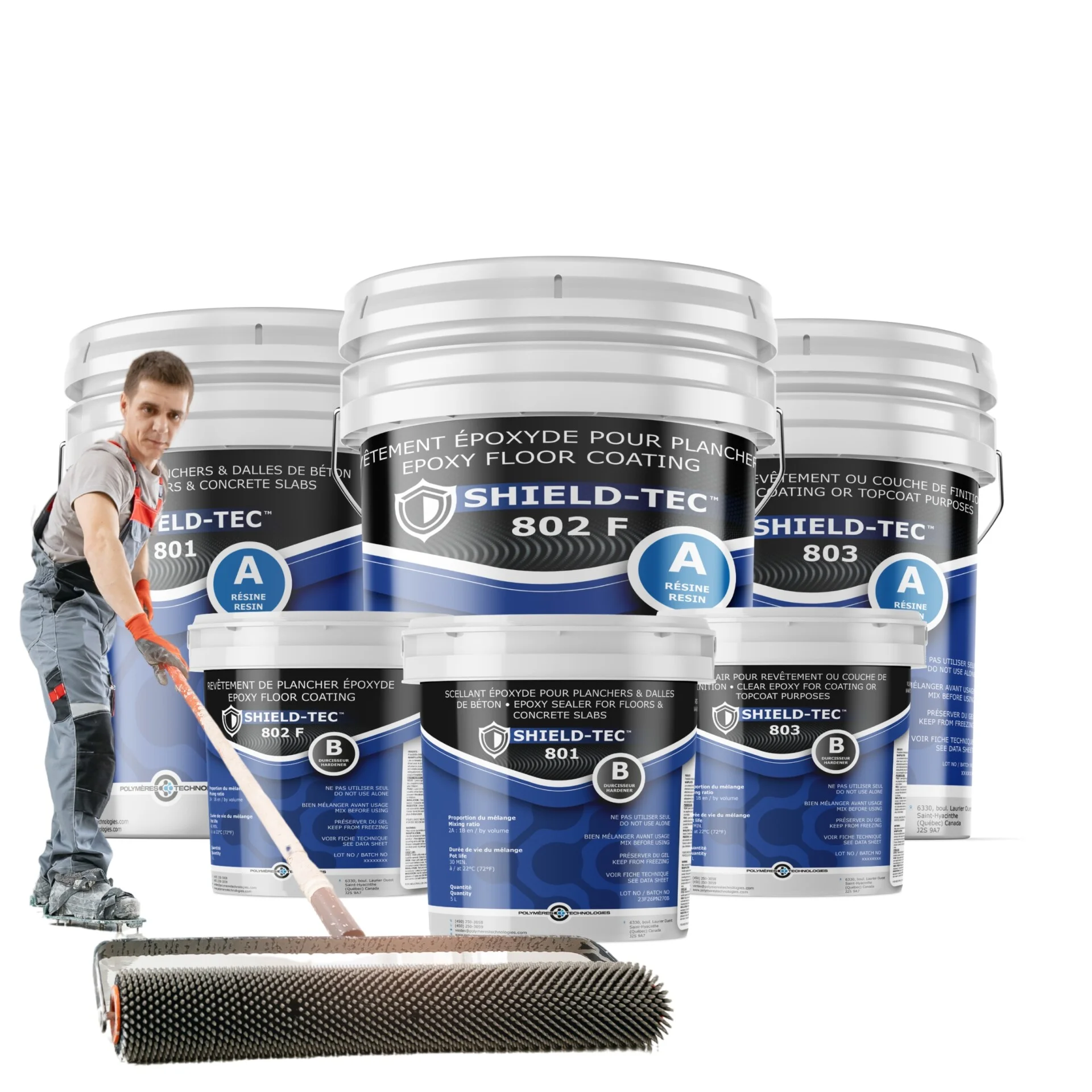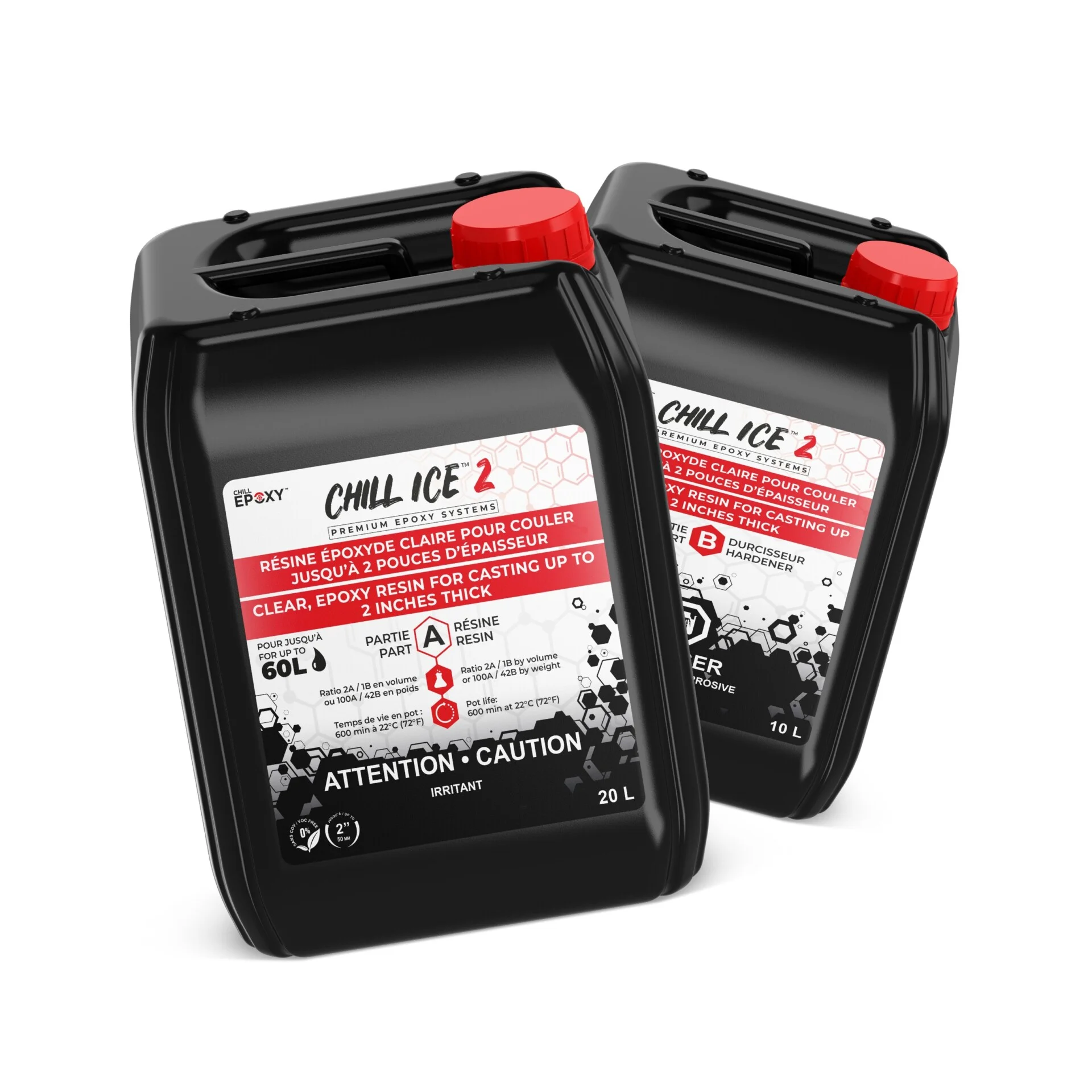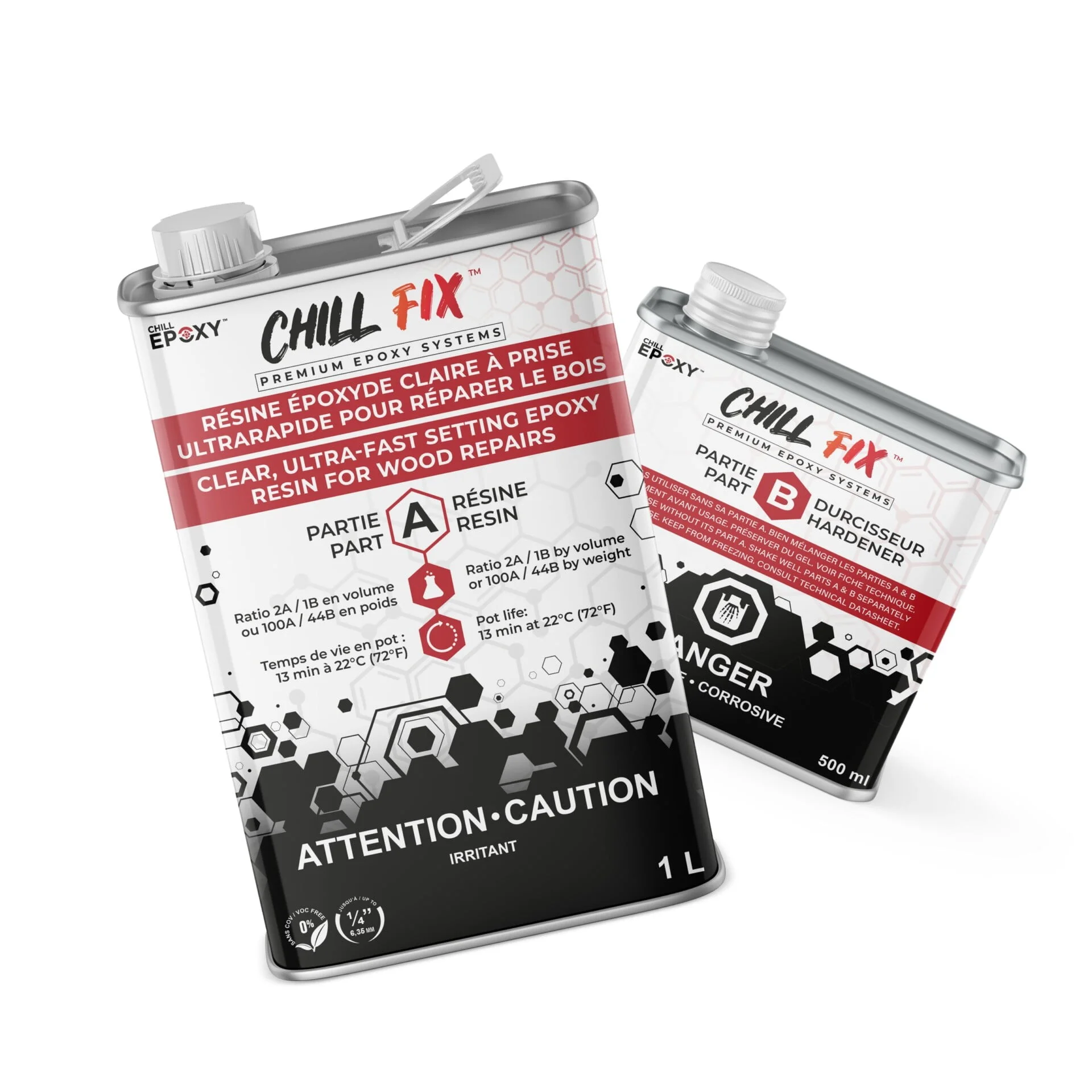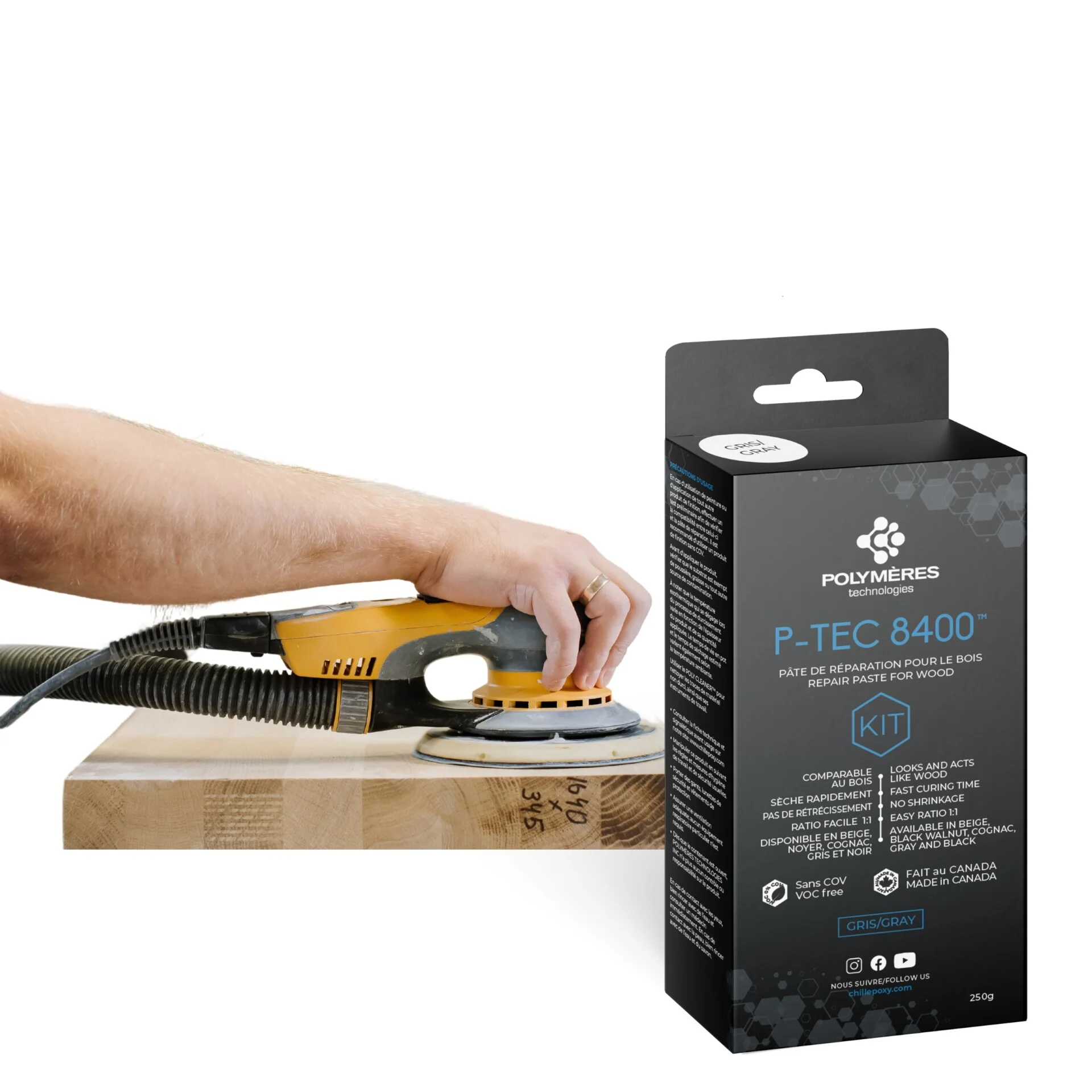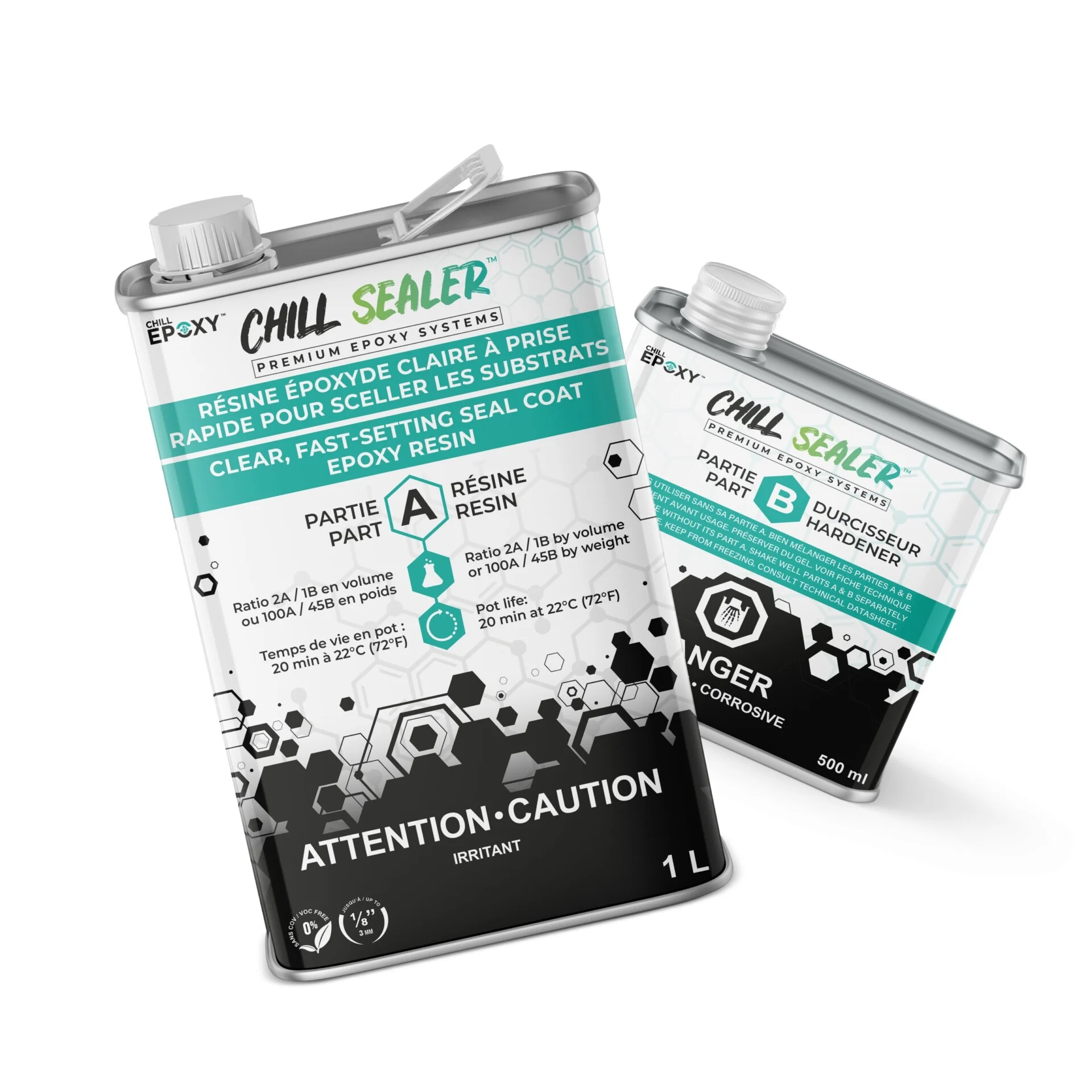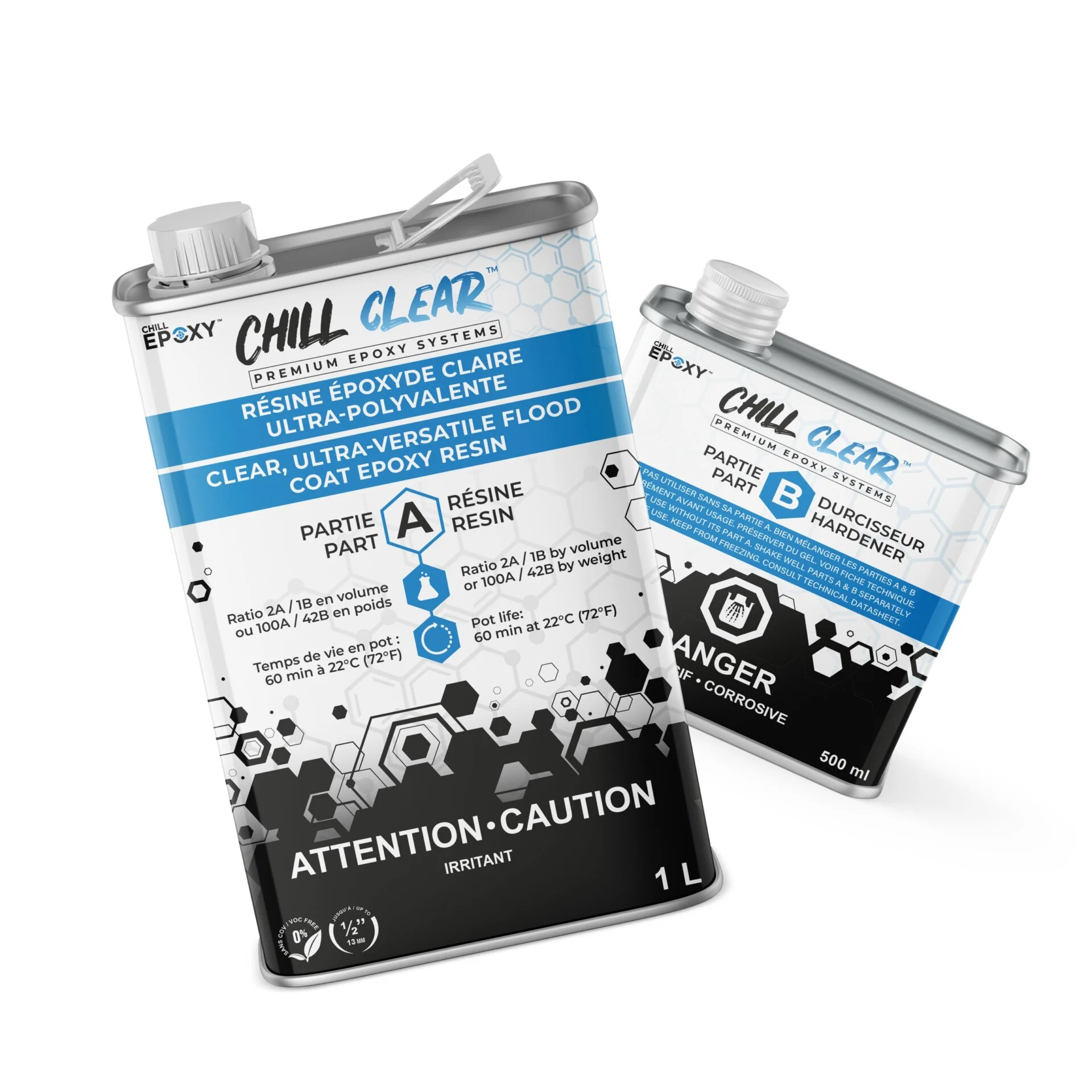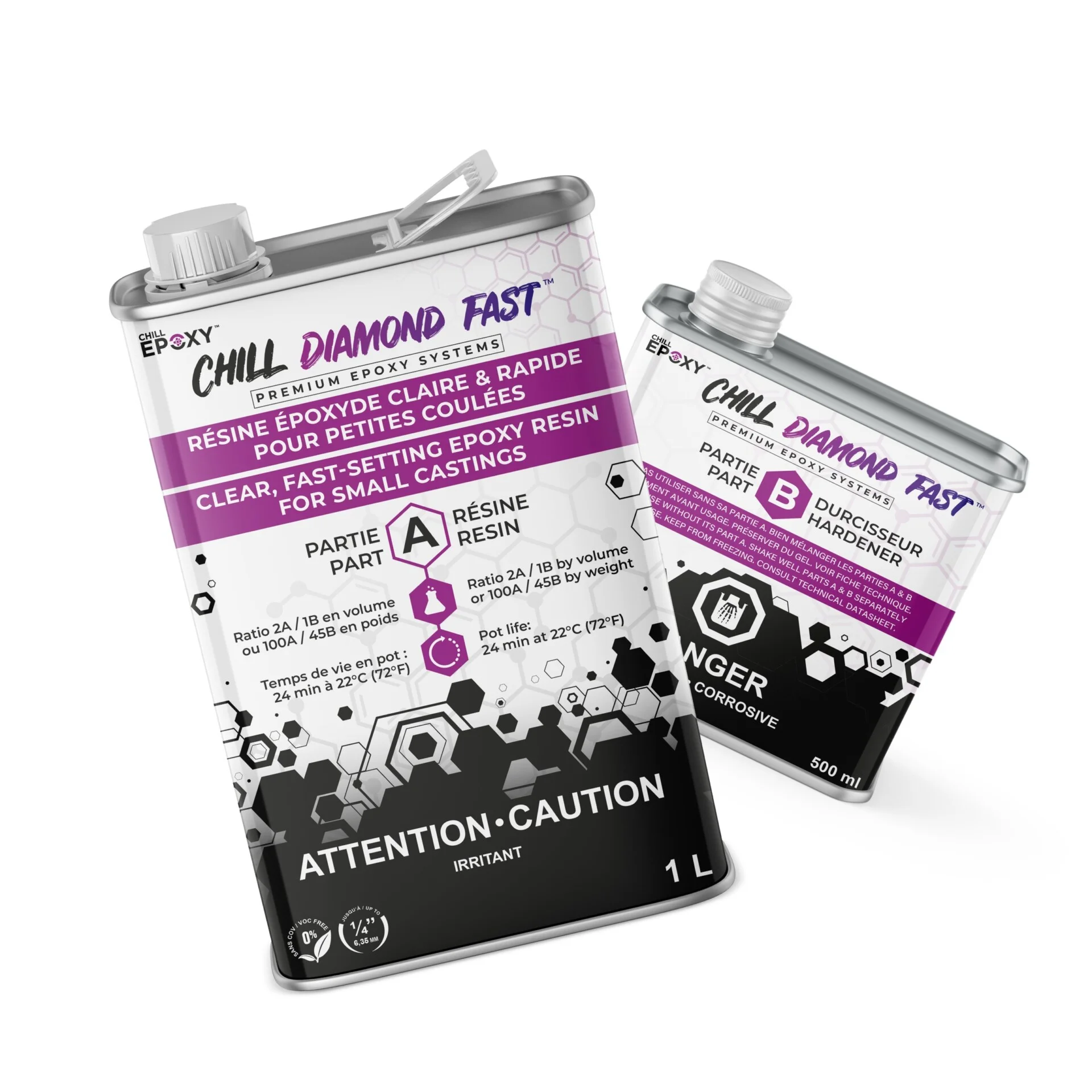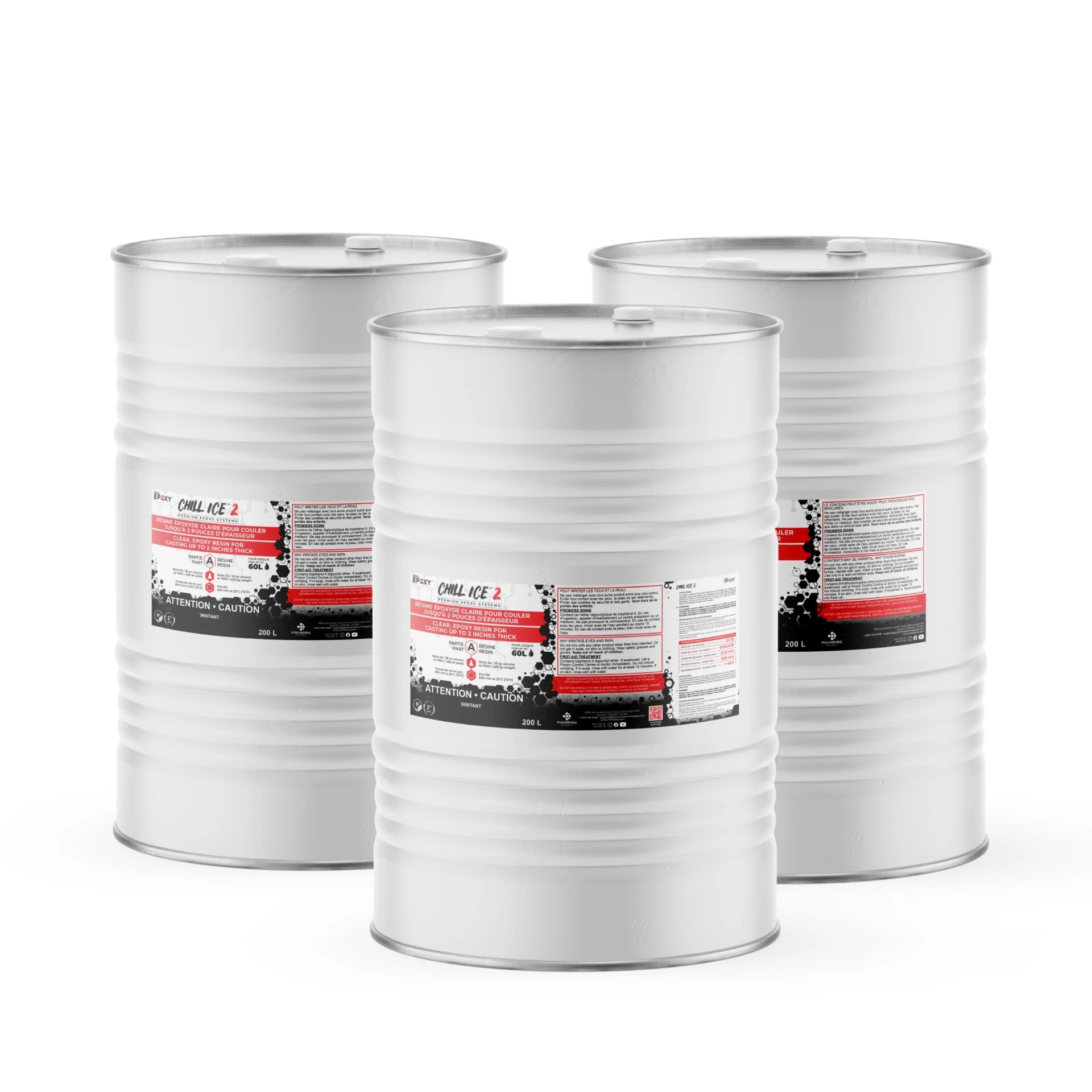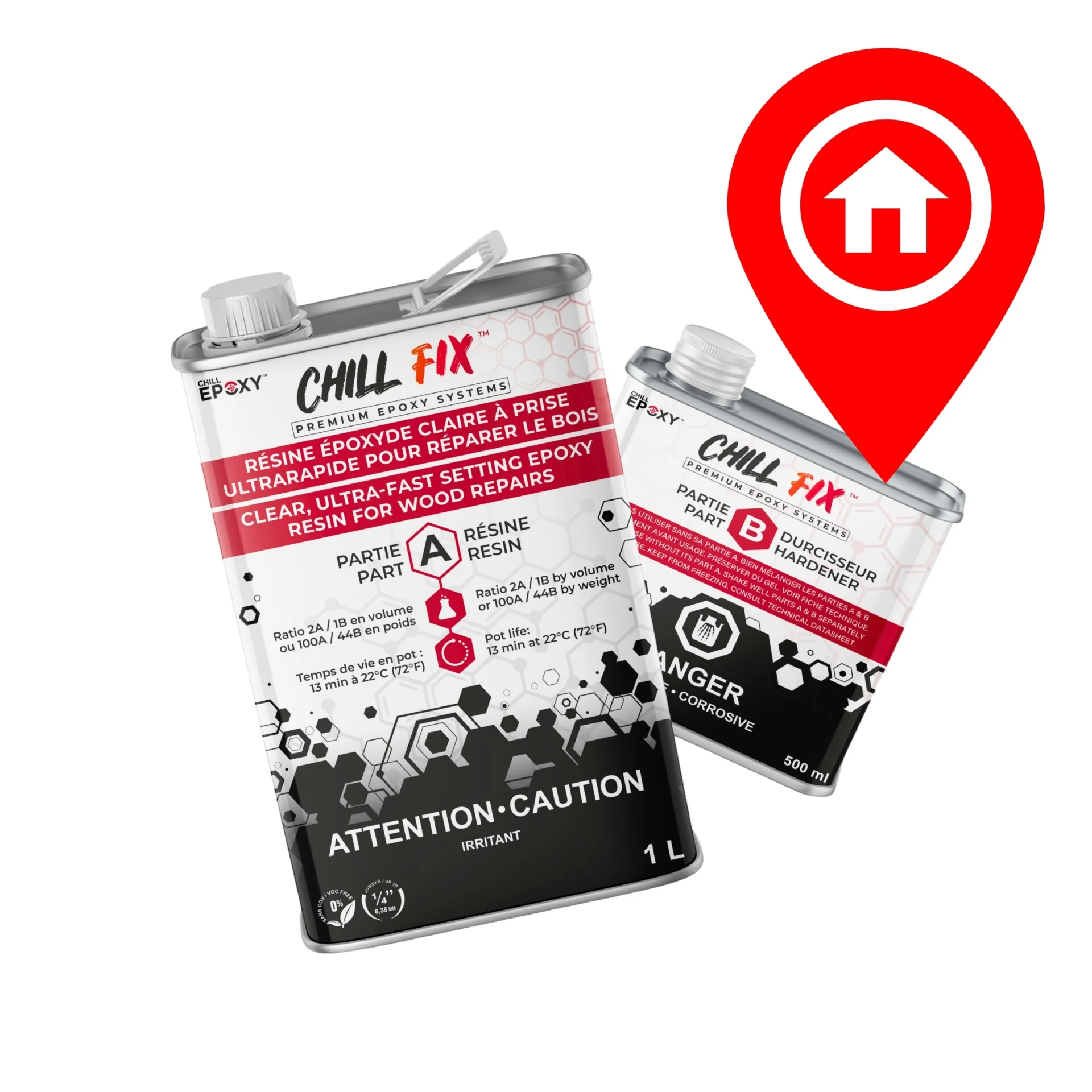Curing process, FAQ
Understanding the Clear Epoxy Resin Curing Time for Thinner Layers
Understanding the Clear Epoxy Resin Curing Time for Thinner Layers
Epoxy resin is a versatile material that is widely used in various applications, such as casting, coating, and filling. It offers a hard and durable finish, which is why it’s a popular choice for creating jewelry, coasters, and even countertops. However, it’s important to understand the curing time of epoxy resin, especially when working with thinner layers.
In this article, we will discuss the curing time of clear epoxy resin with thinner layers, taking into consideration the working time, thickness, and hardener. We will also compare fast-setting epoxy applied in thin layers to deep pour casting epoxy applied in thin layers. A graph will also be included to provide a better understanding of the curing process.
How Long Will a Thin Layer Take to Cure?
The curing time for epoxy resin with thinner layers is influenced by several factors. When part A and part B are mixed, a chemical reaction occurs which creates heat. This heat is a result of the friction of the molecules that induces the hardening of the resin. The more significant the mass of the resin, the more heat is generated, and the faster it will cure. This means that if you use a deep pour epoxy resin for a 2″ thick pour and under pour it, the curing time will be slower. The same principle applies to fast setting epoxy.
For example, if a fast setting epoxy with a 60-minute pot life can be poured up to 1/2 inch thick and is used for a 1/4-1/16 inch layer, the curing time will be longer. However, this doesn’t mean that the epoxy won’t reach its maximum properties, only that it is taking longer to get there. To speed up the curing process of thinner layers, you can raise the room temperature above 25C/75F, with each degree above the recommended temperature speeding up the curing process. It’s crucial to choose the right epoxy resin for the right application to get the best results and save time.
For further information on epoxy resins or to get guidance on which system to choose for your project, contact sales@polymerestechnologies.com.
Working Time of Clear Epoxy Resin
The working time of clear epoxy resin refers to the amount of time you have to work with the material before it starts to cure and harden. The working time of epoxy resin varies depending on the type of hardener used and the ambient temperature. Generally, the working time of epoxy resin is between 15 to 45 minutes.
Thickness of Clear Epoxy Resin
The thickness of clear epoxy resin also affects the curing time. Thicker layers take longer to cure than thinner layers. This is because the curing process starts from the surface and works its way inward. Thicker layers have a slower curing process as they take more time to reach the center of the layer.
Hardener and Clear Epoxy Resin Curing Time
The hardener used in clear epoxy resin is a crucial factor in determining the curing time. The type of hardener used can greatly affect the curing time, as well as the final strength and clarity of the epoxy.
Fast Setting Epoxy vs. Deep Pour Casting Epoxy
When it comes to applying clear epoxy resin in thin layers, there are two main types of epoxy to choose from: fast-setting epoxy and deep pour casting epoxy. Fast-setting epoxy has a faster curing time compared to deep pour casting epoxy, which takes longer to cure.
Fast-setting epoxy is ideal for projects that require a quick turnaround time, such as jewelry making or fixing a small crack. On the other hand, deep pour casting epoxy is better suited for larger projects, such as creating a countertop or a bar top, as it has a longer working time and a slower curing process.
Curing Time of Clear Epoxy Resin with Thinner Layers
The curing time of clear epoxy resin with thinner layers varies depending on the factors discussed above. On average, the curing time for a thin layer of clear epoxy resin is 24 hours. However, this can vary depending on the hardener used and the ambient temperature.
The Importance of Curing Time
It’s important to understand the curing time of clear epoxy resin with thinner layers, as it affects the final result of your project. A proper curing time ensures that the epoxy has fully cured and reached its maximum strength and clarity.
FAQs
- How does the ambient temperature affect the curing time of clear epoxy resin with thinner layers?
The ambient temperature can greatly affect the curing time of clear epoxy resin with thinner layers. Generally, higher temperatures lead to faster curing time, while lower temperatures can prolong the curing process. It’s important to keep the temperature within a safe range for the epoxy to cure properly.
- Can I speed up the curing time of clear epoxy resin with thinner layers?
While it’s not recommended to speed up the curing time of clear epoxy resin, you can increase the temperature in the room to help speed up the curing process. However, it’s important to not exceed the recommended temperature range as this can affect the final result of your project.
- Can I apply another layer of clear epoxy resin on top of a previous layer before it’s fully cured?
No, it’s not recommended to apply another layer of clear epoxy resin on top of a previous layer before it’s fully cured. This can lead to improper bonding and weaken the overall strength of the epoxy. It’s important to wait until the first layer is fully cured before applying another layer.
Conclusion
In conclusion, the curing time of clear epoxy resin with thinner layers depends on several factors, including the working time, thickness, hardener, and ambient temperature. A proper curing time ensures the maximum strength and clarity of the epoxy, which is important for the final result of your project. Understanding the curing time of clear epoxy resin is crucial for successful projects and achieving the desired results.
When choosing between fast-setting epoxy and deep pour casting epoxy, it’s important to consider the type of project you’re working on and the desired results. Fast-setting epoxy is ideal for quick projects, while deep pour casting epoxy is better suited for larger projects that require a longer working time and a slower curing process.
Incorporating a graph can help better understand the curing time of clear epoxy resin with thinner layers and provide a visual representation of the curing process. By following these guidelines, you’ll be able to achieve the best results with your clear epoxy resin projects


